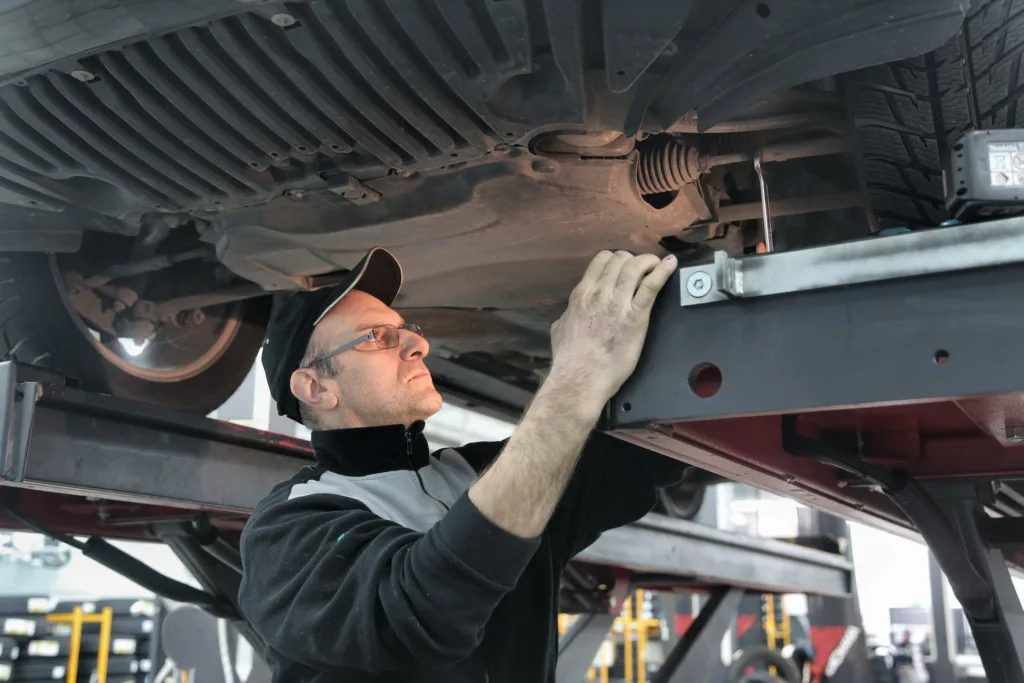There’s no way around it—car tires must be replaced regularly. The frequency with which replacement is necessary, however, depends on various factors. Here, we’ll explore the considerations behind tire replacement.
What to Look for When Replacing Tires
There are a few things to think about before getting new tires elk river mn. NHTSA (the National Highway Traffic Safety Administration) recommends that drivers get new tires every six years, but several variables may create the need for more frequent replacement. These factors include:
- Tread wear. All tires have molded-in wear indicators, which run across the tread at regular intervals. The wear bars are 1.6mm tall, which is the minimum required tread depth. If your tread wear indicators are showing, it’s time for new tires.
- Expiration. Like many other products, tires have expiration dates. Some shops keep tires in storage for several years, but that’s not always the best idea. Even if a tire has never been used, age will make it less reliable.
- Performance. A tire’s performance declines with use and age. Rubber compounds deteriorate with time and tires lose their elasticity, which increases stopping distance and the risk of hydroplaning.
If you’re not sure whether your tires should be replaced, it’s best to get them inspected by a local tire expert.
Signs That It’s Time for a New Set of Tires
Whether you’re a commuter or a weekend road-tripper, car maintenance—including tire replacement—is essential. Depending on the tires’ age and your driving habits, you may need new tires every few thousand miles. Look for signs such as:
- Visible bulges. If there are bubbles or bulges on sidewalls, replace the tires immediately to prevent a dangerous blowout.
- Cracked sidewalls. Tire sidewalls wear out with time and use.
- Shaking during operation. If a car shakes at any speed, it’s likely due to a tire problem.
- Tire pressure warning lights. Most new vehicles have TPMS or tire pressure monitoring systems that alert drivers when tires are underinflated. If the warning light flashes often, it may indicate the need for tire replacement.
- Poor traction. If it’s hard to maneuver on slick roads, it’s time for new tires. The tread becomes shallower as it wears away, and nearly bald tires can’t grip the road as well as they should.
These are just a few signs of the need for new tires. If your tires are bald, cracked, or bulging, bring your vehicle in for service right away.

Reasons for Tire Replacement
It’s important to keep in mind that tire age isn’t the only indicator of the need for replacement. Routine wear, impact damage, punctures, vehicle overloading, and other factors can ruin a tire before its expiration date. Additionally, uneven alignment and tire balance issues can cause premature wear and costly problems.
Care for Your Car by Replacing the Tires
Knowing when to replace car tires is about prevention and safety. Worn tires cause issues like loss of control, blowouts, and accidents. Regular replacement, however, can prevent damage and save lives. If you’re uncertain about getting new tires, local professionals can offer advice and keep your vehicle at peak performance.
